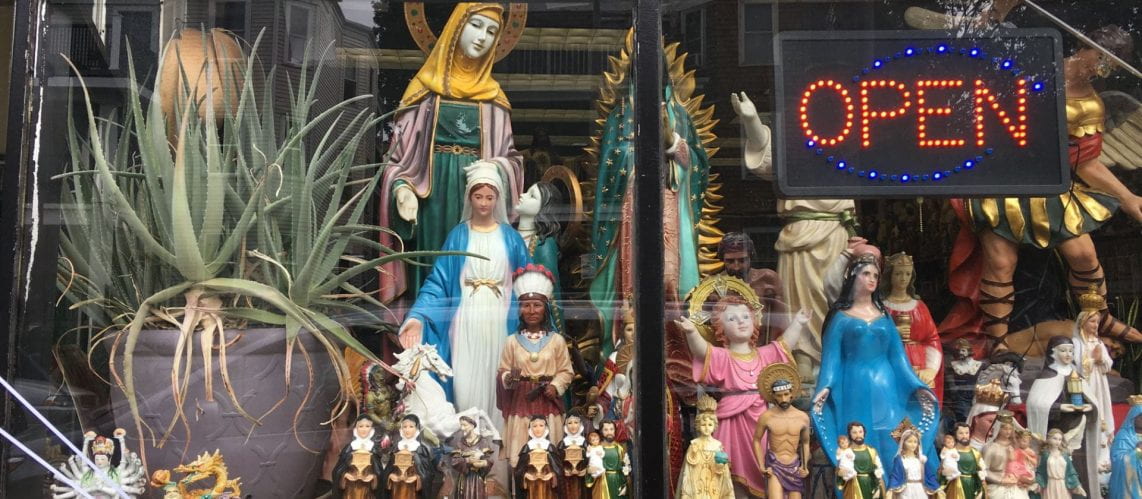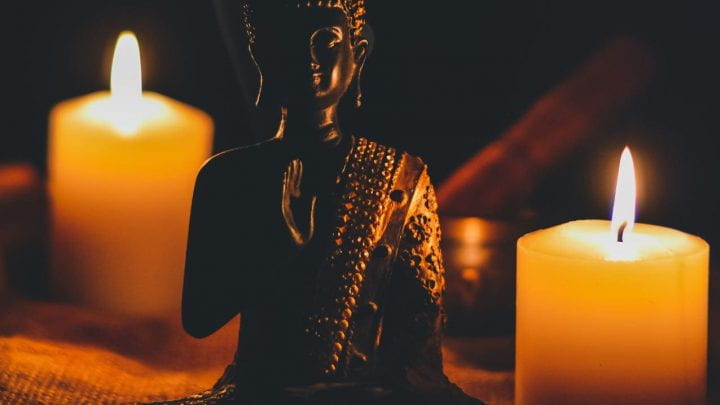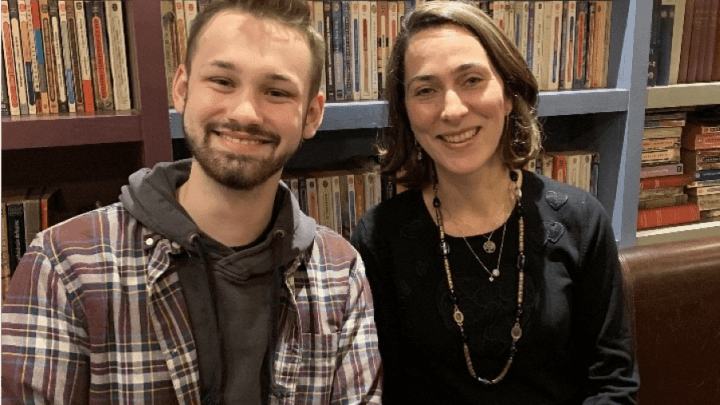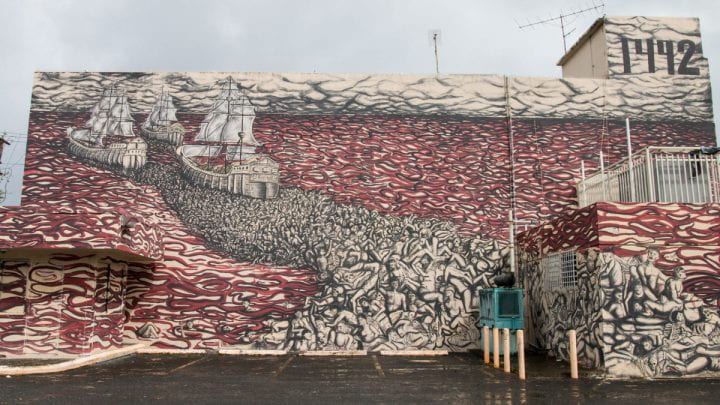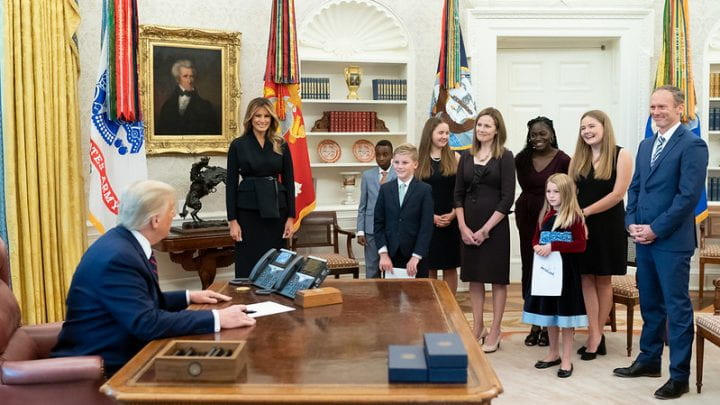
Amy Coney Barrett and the Internal Diversity of American Catholic Women
By Lauren R. Kerby and Mary Perez
When Amy Coney Barrett was nominated to the Supreme Court, her religious identity as a conservative, charismatic Catholic immediately became a subject of intense scrutiny. The public conversation about Barrett’s identity reveals the internal diversity of how American Catholics think about what it means to be a Catholic woman, mother, and even feminist. Drawing on a varied selection of recent news articles, this lesson offers an opportunity for students to 1) practice recognizing internal diversity and 2) ask new questions about a topic as a result.
